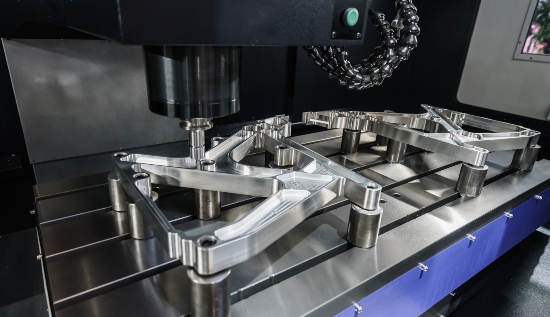Illustrations of science are a method in communicating the science of today to people. It differs from drawing artistically in that scientific illustrations make a precise visual statement of exact fact.
The natural mineral mica is employed in various ways. This is a good material to illustrate for science.
Science Illustrations featuring Mica Engraving
Illustrations for science play a vital contribution to science communication. They help the public to understand complex systems. Illustrations are frequently included in books and other scientific publications. To accurately illustrate a topic, scientific illustration involves meticulous study.
Mineral mica can be found in various colors. The mica is found as tricotahedral or tetrahedral sheets that has a metallic sheen. The material can also be tinted by using color-changing compounds to make mica brocades.
In the 16th and 17th centuries, European naturalists travelled to in the New World and brought back species of fauna and flora. They later illustrated their findings to communicate with the public. Artists such as Maria Sibylla Merian and Ernst Haeckel were instrumental in the evolution of modern scientific illustration. The artists were focused on beauty and symmetry in nature, helping to redefine the concept of scientific illustration.

Mica Engraving for Diagrams in Science
The versatility of mica allows it to be applied in many different ways, creating a range visual effects. The artist can utilize powdered mica to add some shimmer in their artwork and prints, or mix it using bokuju (rice paste) or nori (paper glue) to give it extra strength.
Utilizing an intaglio printing technique known as engraving, the printmaker cuts or incises or cuts a design directly on the surface of a plate. The plate creates an image that is reversed on the damp paper as it is put through the machine. This paper can then be used as a stencil in order to place various ink colors to the paper’s surface. The ink will then be transferred to the printed work’s surface. the work.
High-Performance Mica Engraving for Scientific Visualization
Scientific illustration plays an essential function in communicating scientific ideas, despite the dislike that a lot of people feel for both science and art. This helps to illustrate complicated concepts, theories, and the details in a manner which is easy to comprehend.
Scientific illustration encompasses a broad range of topics, including cells, biochemical pathways and physics diagrams. An illustrator who is scientific must possess the most thorough knowledge about the subject matter they’re depicting. A majority of projects will need investigation to show exact the thing or process that is being illustrated.
To start your career as a science illustrator develop a portfolio and participate in gatherings or networking events within your region. Contact scientists and offer them jobs as freelancers. Be flexible, as your project may develop with time.
Science Illustrations with Mica Engraving
Art and science can be thought of as separate fields but the field of scientific illustration is at their intersection. It can help us understand the nature of the natural world with visuals, but it also permits scientists to share the results of their work with a wider viewers through creative methods.
Rowan Weir creates evocative conceptual artwork using traditional as well as digital mediums. She explores our planet’s ever-changing mysteries and ever-changing threats that threaten our lives. Her unique talent is to blend words and images for conveying sophisticated scientific concepts.
The use of mica in diverse applications is widely used including electrical components, atomic force microscopes and window sheets. Also, it is used to make the dials of optical filters as well as navigation compasses. Mica flakes are also employed to add color to Pakistani women’s dresses for summer particularly dupattas.
New developments in Mica Engraving Technology for Science Diagrams
Scientists frequently use diagrams to depict gia cong chu inox vang guong microscopic interplay and structures. Diagrams like these are a crucial element of educating and convincing colleagues, interpreting and shaping findings made by microscopes.
Mica is the most important material for the production of intaglio prints in scientific illustrations. Printmakers use a burin for incising lines into the metal surface in order to make an Intaglio Print.
Normally, mica contained in tiny Petri dishes or droplets on Parafilm is utilized to flotation carbon film. But, these techniques do not allow for the necessary angle tilt required to release the carbon. This is why a brand newly designed etching block has been developed using a ramped slot for mica. It is able to be utilized together with the floating buffer exchange to precisely move the mica slots.
